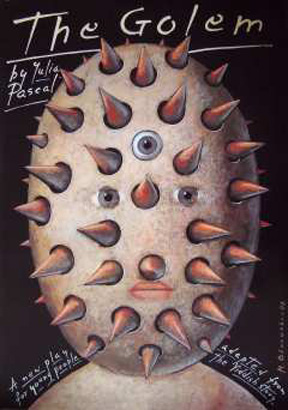Every once in a while I hear that some “scientist” is working on a method to upload knowledge to the human brain. Ideally this would work like it did in the film “The Matrix.” A person needs to learn some sort of skill or master some area of knowledge, and rather than putting in hours of study and dedication. They upload the knowledge needed in a matter of seconds. Mastery is instant.
I wonder if knowledge is uploaded or downloaded? I suppose it depends on where you're standing.
What would knowledge have to be in order for it to be capable of being uploaded? What would a brain have to be in order to accept knowledge using this method?
In practice, if some process like this were ever to be created, it would look more like something by Philip K. Dick. Rather than uploading skills that increase a person's capability in the future, the market for downloading pleasant memories of a luxurious vacation to Mars would dominate.
Assuming you could lower the price sufficiently, everyone would upload everything. Why wouldn't they? “We can remember it for you wholesale.”
Of course, knowledge isn't like that. It's not uploadable. And brains aren't like that. They aren't computer hard disks.
Comments closed





